| Sensationalized and hyped stories come at us at such a rapid-fire rate that it’s sometimes easy to neglect giving appropriate attention to quieter but nonetheless insidious threats to our well-being. One significant menace which is growing, under the radar for most people, is the invasive Phragmites weed. |
This noxious plant was a major topic at, “Preparing for the Invasion”, a day of public seminars hosted by Morel Magazine in St. Thomas last November. The exponential and, in most cases, unimpeded spread of such a threatening, difficult to eradicate species could easily be seen as an overwhelming challenge. However, St. Thomas resident David Collins’s presentation of the approach he and his committee have taken in the city provided a positive model of grassroots effectiveness. It inspired Marg Hulls from Dutton to spearhead a group in her own municipality. She says, “His message seemed to me to have answers to the problem.”
Marg, a nature lover and educator, invited David Collins to share what was happening in St. Thomas at a meeting of the West Elgin Nature Club. He outlined the process his committee has undertaken – it has included extensive research and consultation with experts, creation of a grassroots committee, procurement of expert help, development of a step-wise plan and involvement of a wide circle of organizations for support and assistance.
Following the West Elgin Nature Club meeting, five people volunteered to form a committee to help eradicate invasive Phragmites in western Elgin. They have received support from experts Janice Gilbert and Nancy Vidler, been given access to the St. Thomas plan, begun a process of public education and obtained a resolution from Dutton Dunwich council this past July. That council resolved to authorize a Phragmites Advisory Committee which will be responsible for mapping stands along and near municipal roads. The committee has also submitted a request for monetary assistance from the 2017 budget. West Elgin council voted to return the Phragmites issue back to council for future discussion.
Following the West Elgin Nature Club meeting, five people volunteered to form a committee to help eradicate invasive Phragmites in western Elgin. They have received support from experts Janice Gilbert and Nancy Vidler, been given access to the St. Thomas plan, begun a process of public education and obtained a resolution from Dutton Dunwich council this past July. That council resolved to authorize a Phragmites Advisory Committee which will be responsible for mapping stands along and near municipal roads. The committee has also submitted a request for monetary assistance from the 2017 budget. West Elgin council voted to return the Phragmites issue back to council for future discussion.
| Marg has contacted many experts and emphasizes, “These experts warn that it is important to have a plan and not to attack Phragmites in a piecemeal fashion.” Phragmites australis is one of those problems which can be worsened by “cosmetic” solutions that don’t take into account the intricacies (and in this case, quite literally, the roots) of the problem. With the work of David Collins’s committee, we have an excellent local model of an effective approach. Do you know what steps are being taken to eradicate Phragmites in your area? |
For more information, including an example of a large-scale plan, the Municipality of Lambton Shores Phragmites Plan, visit the Ontario Phragmites Working Group website, www.opwg.ca. Find Morel Magazine’s article on Phragmites by Mary Baxter at www.morelmag.ca. For anyone interested in learning more or assisting in the eradication of this invasive weed, please contact Marg Hulls at 519-762-2049 or [email protected].
ABOUT INVASIVE PHRAGMITES AUSTRALIS
THE PROBLEM WITH PHRAGMITES AUSTRALIS
SOLUTIONS
|

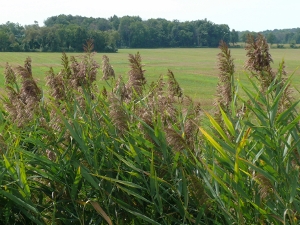
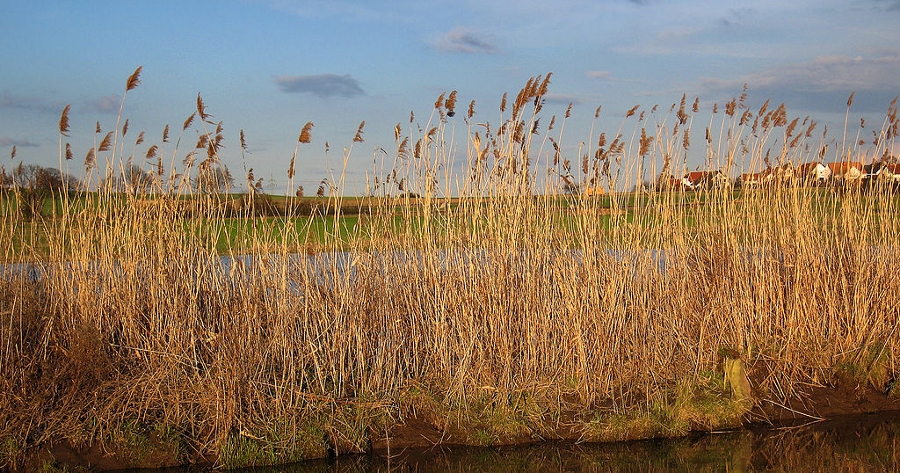
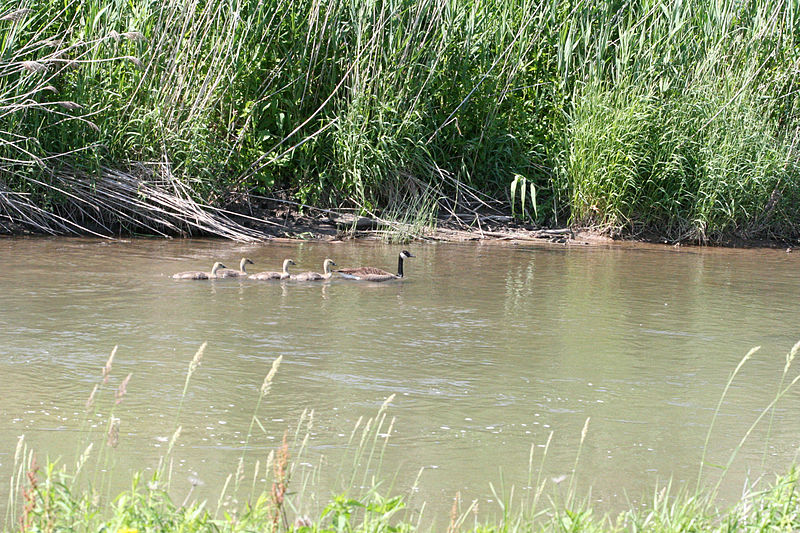

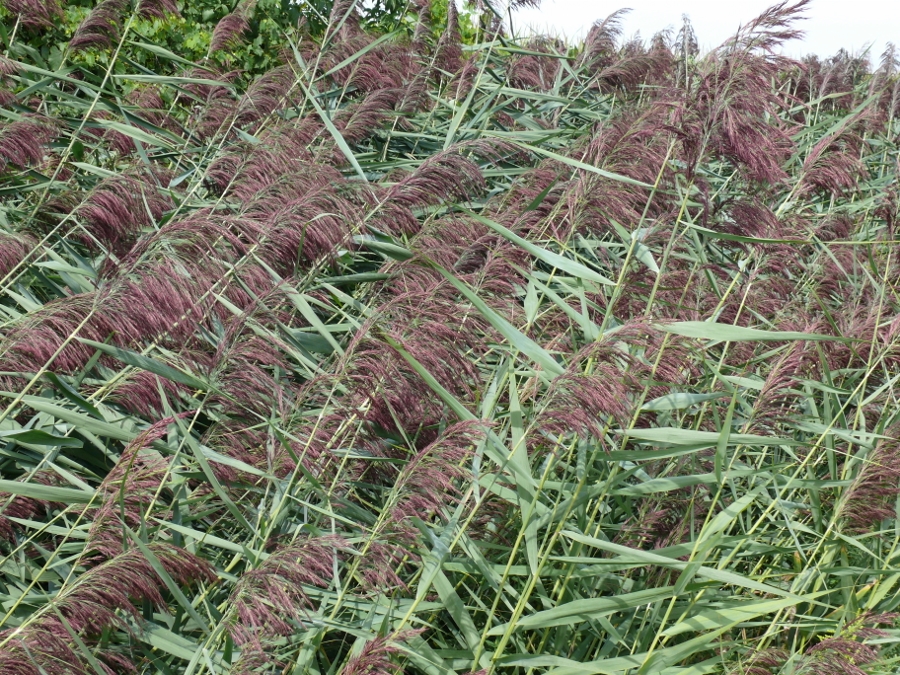
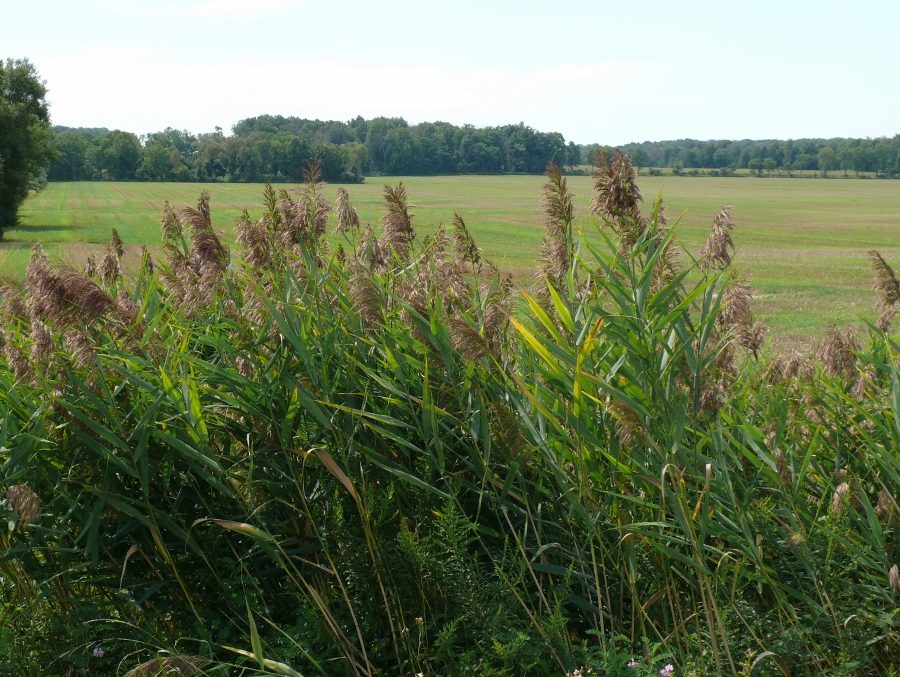
 RSS Feed
RSS Feed